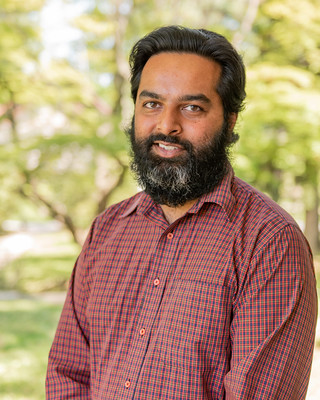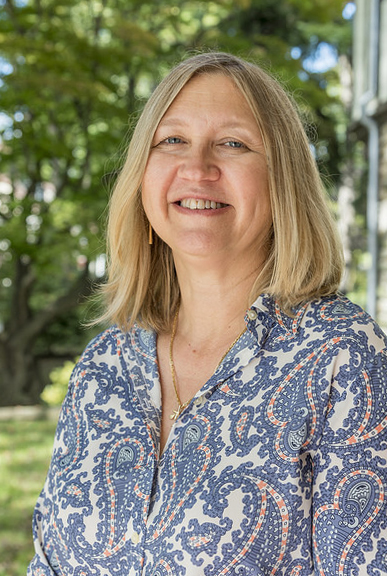Students can explore the burgeoning field of neuroscience beginning this fall as Cabrini’s School of Arts and Sciences has launched its Neuroscience minor program, weaving the studies of biology and psychology to gain a greater understanding of the brain processes underlying many of the mental and behavioral health issues faced today.
The minor program is available to any student, especially Science and Psychology Department students who may already have completed prerequisite courses. View full course details and program requirements on the Neuroscience web page.
 “Taking courses in biology and psychology means students get this immense breadth of not only the clinical aspect of it [pyschology], but also the biological basis of it,” said Vinayak Mathur, PhD, Assistant Professor, Biology. Mathur said courses, particularly higher level offerings, are taught with a “hands-on” approach to learning and engaging with subject matter directly.
“Taking courses in biology and psychology means students get this immense breadth of not only the clinical aspect of it [pyschology], but also the biological basis of it,” said Vinayak Mathur, PhD, Assistant Professor, Biology. Mathur said courses, particularly higher level offerings, are taught with a “hands-on” approach to learning and engaging with subject matter directly.
“The way that we teach this with project-based learning is extremely fun,” Mathur said. “You will be challenged, you will be doing some things that don’t feel like a traditional lecture experience.”
A foundational understanding of the biology of the brain can provide Neuroscience students with new perspectives on some of the most challenging psychological issues in America and around the world, said Ruta Clair, PsyD, Assistant Professor, Psychology.
“We can consider: how does this knowledge inform public policy, things that we can change?” she said. “When you look at some of these large social issues, you start to think about the implications and how decisions are not science-driven. What would the world look like if decisions were science driven? Students learning about brain processes sort of rethink and look at the world in a little different way.”
With a multi-faceted study of these building blocks of biology and psychology, graduates can take a number of different career paths, Clair said. In addition to medical and health opportunities, there are more specialized fields like neuropsychology and psychopharmacology, as well as research disciplines across the psychology field, she said.
Computational neuroscience is another emerging field, Mathur said.
 “Now that we are generating so much data, we need people to analyze it,” he said. “We can of course get computer scientists to do this but it’s much more meaningful when people understand the data they are analyzing.”
“Now that we are generating so much data, we need people to analyze it,” he said. “We can of course get computer scientists to do this but it’s much more meaningful when people understand the data they are analyzing.”
Students interested in careers in academic research will gain the skills necessary to read and analyze studies, while scrutinizing their methods and conclusions.
“Being able to use data, analyze data, think about the brain, and put it within a larger context really gives students an advantage to go into not only neuroscience fields, but also other adjacent fields as well,” Clair said.
The minor program was created due to student demand for a closer look at the rapidly evolving neuroscience field. Mathur said the demand is due to a growing self-awareness among young people.
“Students themselves are becoming more aware of their needs, their mental needs,” he said. “Especially the newer students, we are noticing they are very aware of their own mental capacities and are curious, either for themselves or somebody close to them, and that’s driving this push for neuroscience.”
